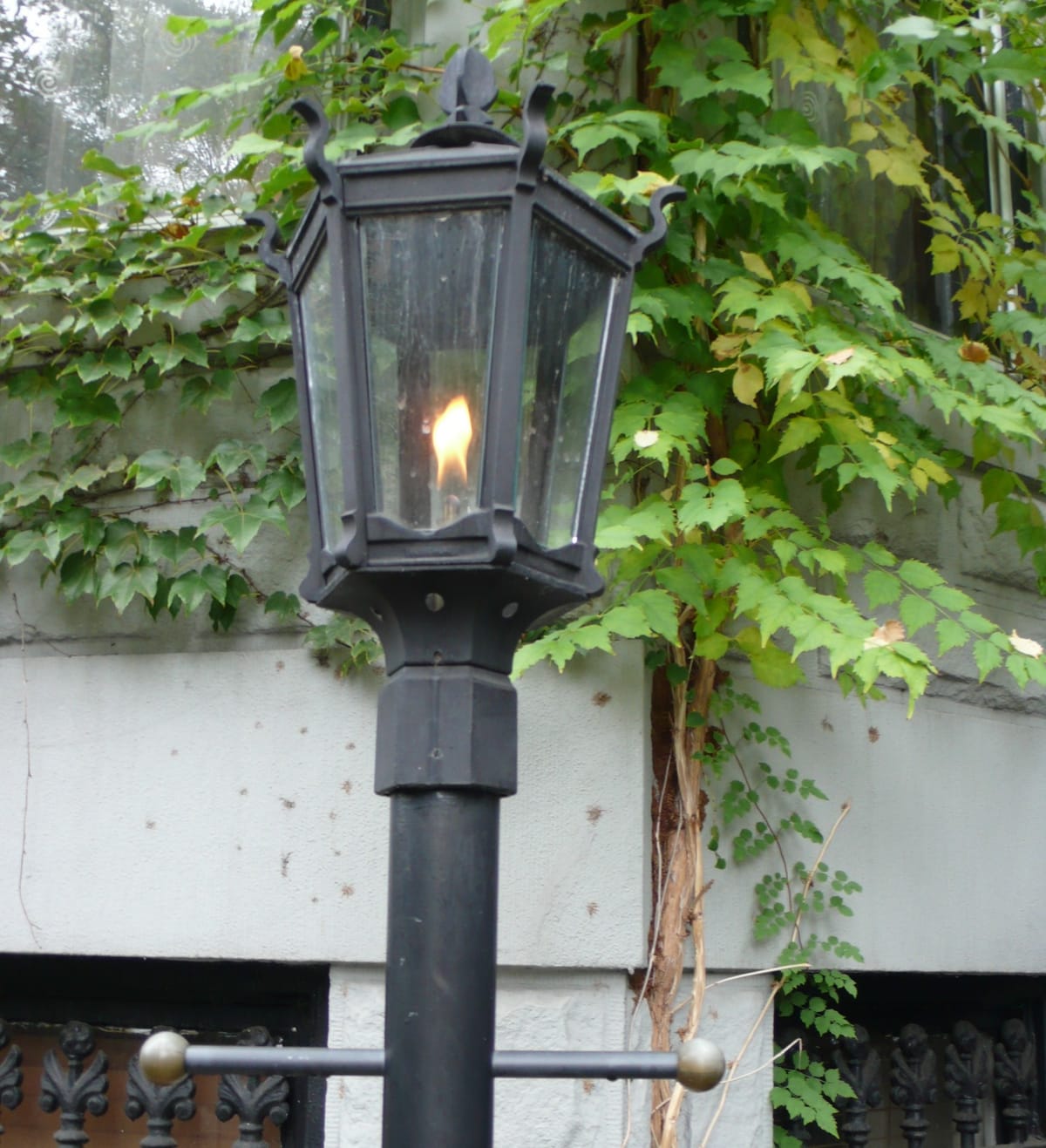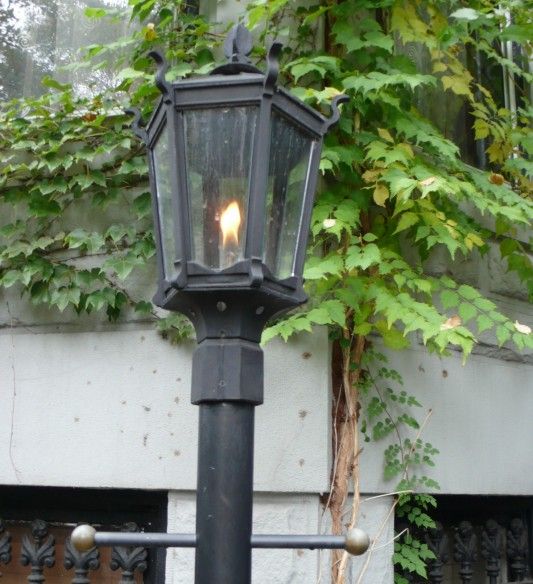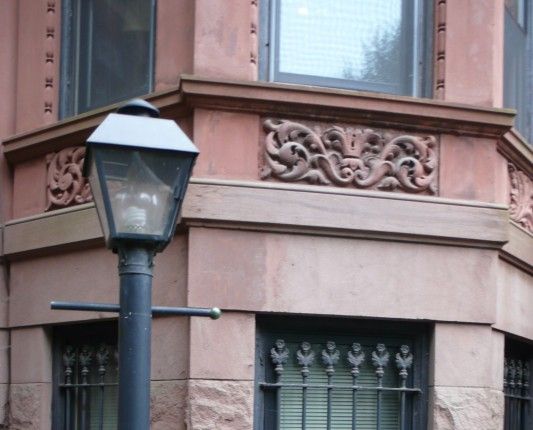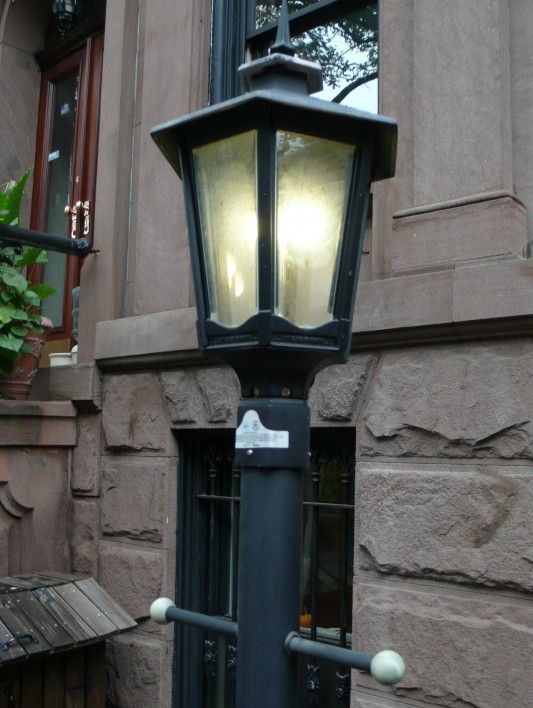The Gas Lamp Conundrum


Ah, Park Slope’s beautiful gas lamps. They harken back to a bygone era, though perhaps not the era one might suspect.
Curious how much it costs to keep the (gas)lights on? Continuously running open flame lamps run up your gas bill about $200-$400 a year and emit a ton of carbon dioxide. The mesh ball-type filaments (like the kind Coleman camping lanterns use) aren’t as lovely but are more environmentally friendly, the equivalent of a conventional 25 watt bulb. Like that 25 watt bulb, they cost about a tenth as much as the gas option.

The most eco-friendly choice is CFL or LED bulbs. It’s electric, it won’t cost much, and your neighbors won’t razz you about CO2 emissions. The only problem is, if you’re trying to create a faux-antique feel for the stoop, a compact florescent lightbulb isn’t thematically consistent. It’s like a Civil War reenactor taking a break to make a cell phone call.

If you’re having trouble deciding what to do, you’re not alone. Berlin, home to more than half the world’s gas lamps, waded into controversial waters last month when its Social Democrat government announced it would replace its famous streetlights with less costly, more environmentally friendly electric ones. Yes, it will save money, but do we really want to live in a world where South Orange, NJ is the gaslight capital of the world?
The Park Slope solution? Frosted glass. Hey, it’s not like the garbage cans sitting next to them are period.




